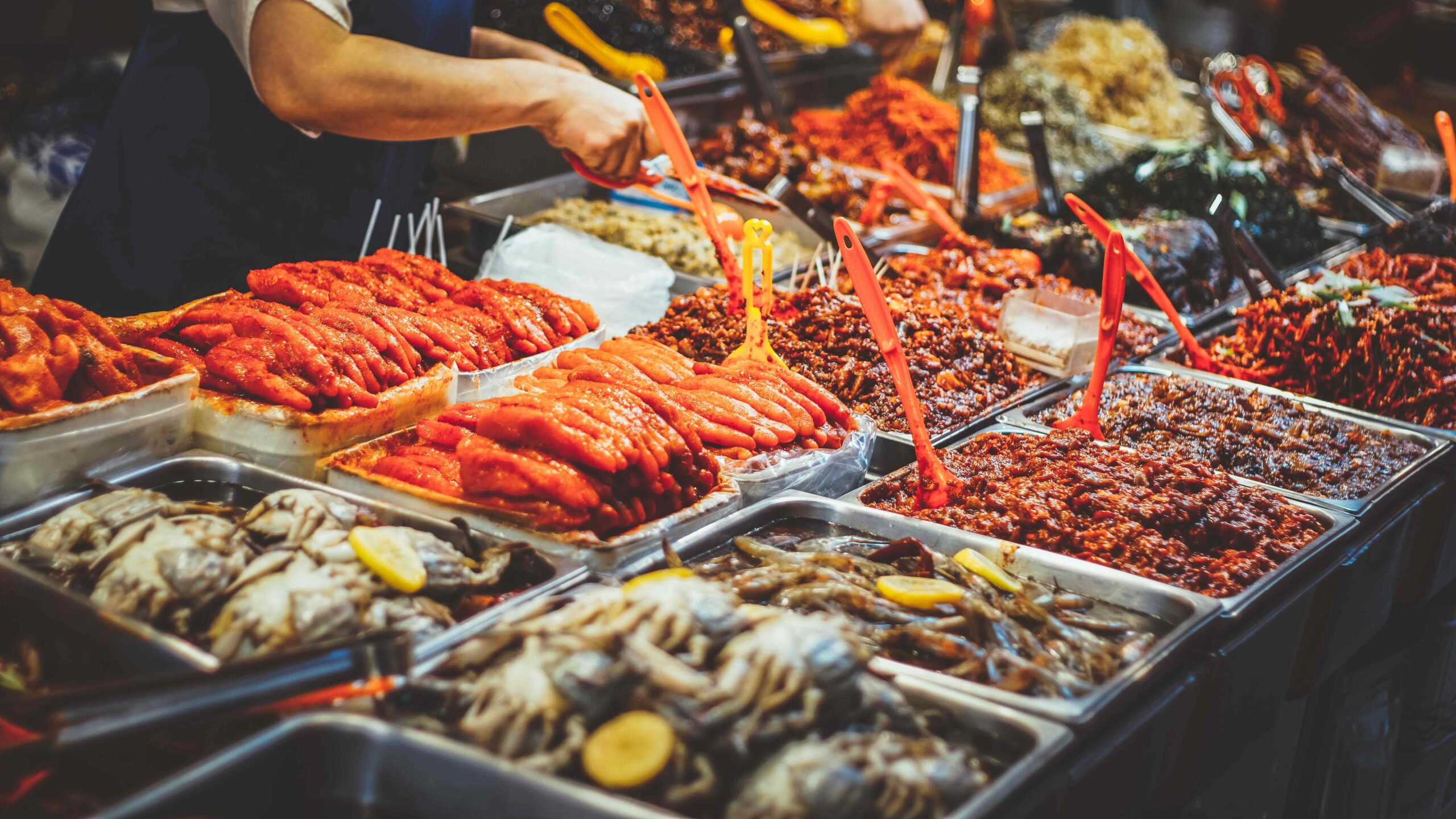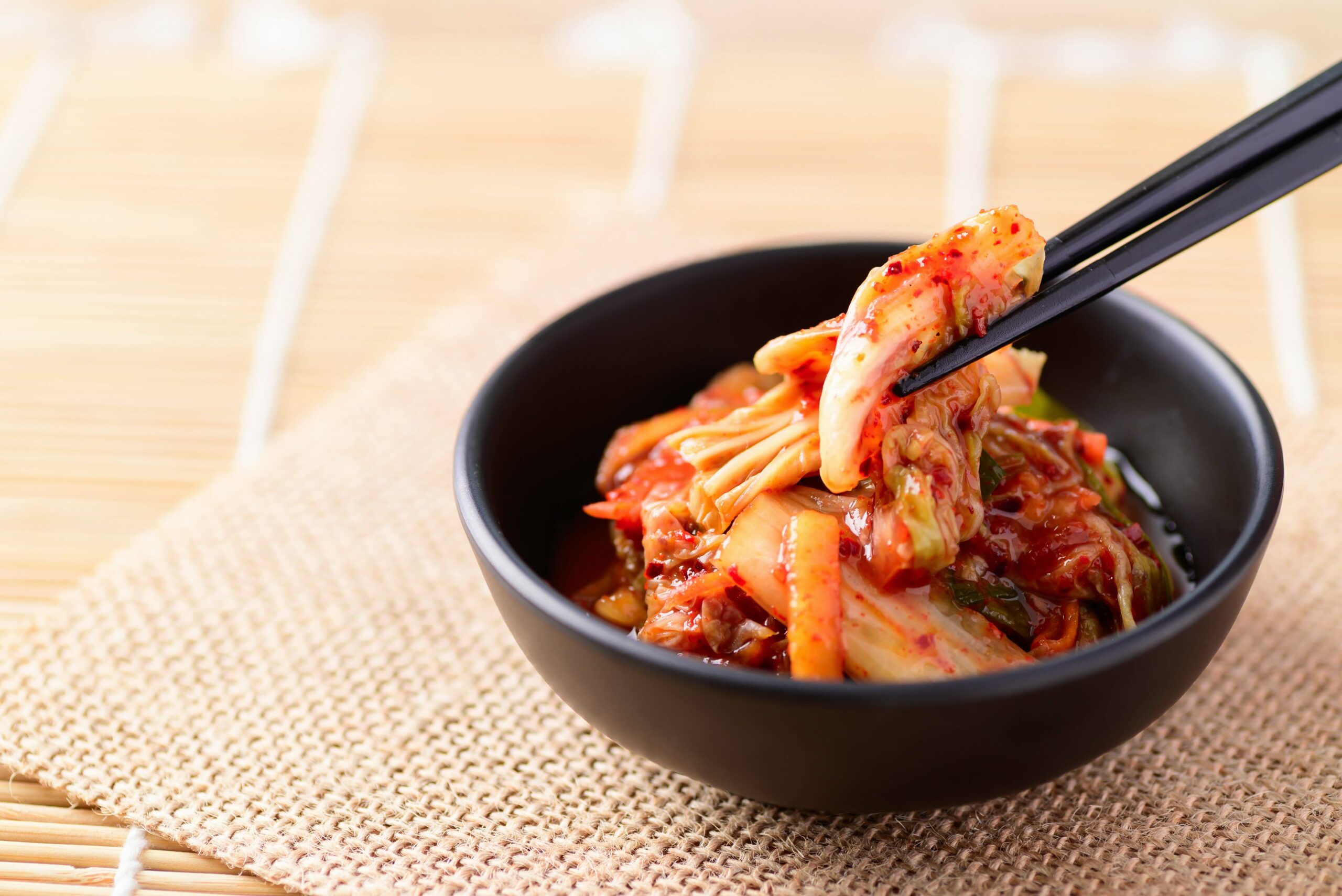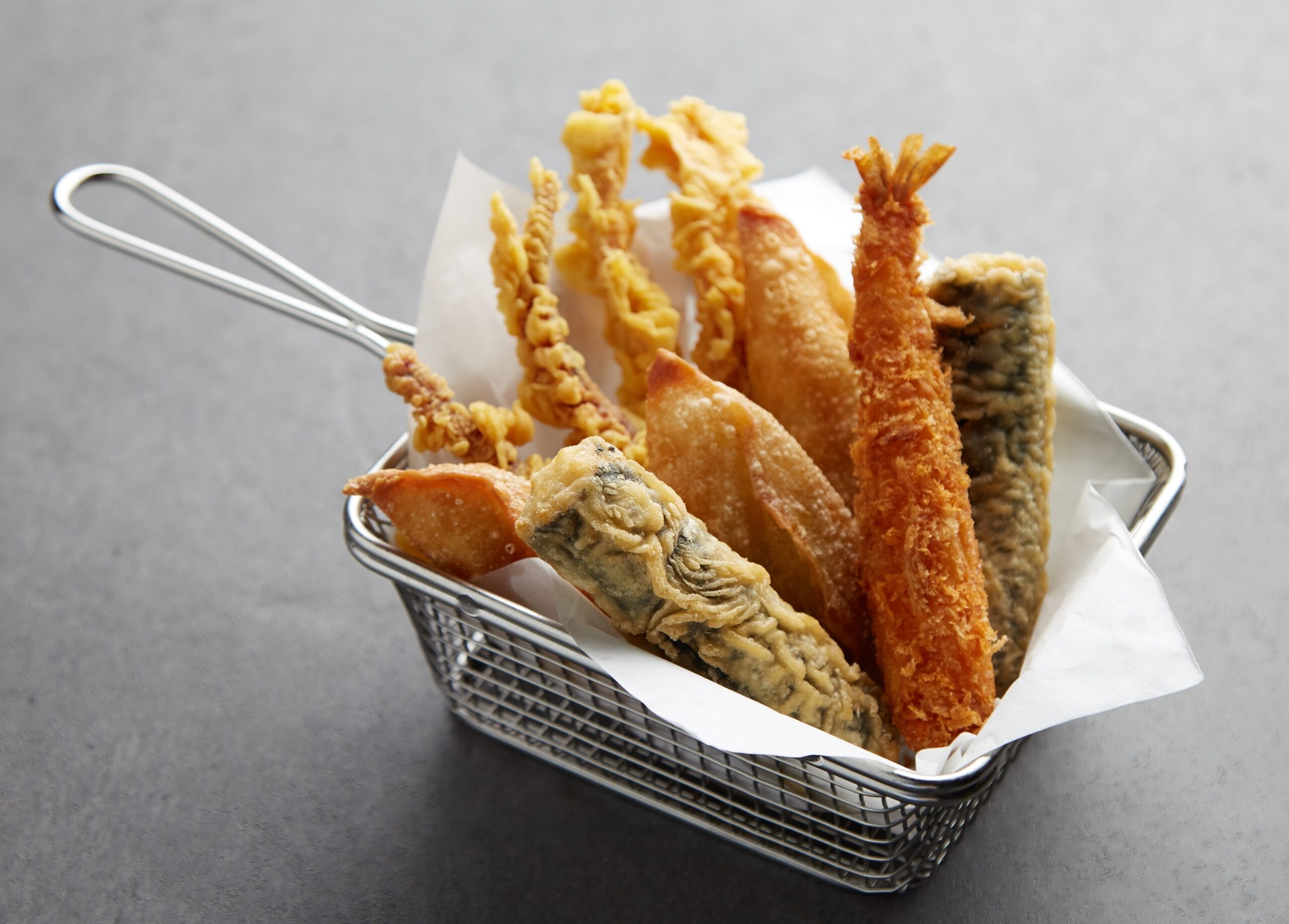A guide to Korean street food

Visiting Korea? Read on to discover some of the most popular street foods you don’t want to miss.
If you’re planning on visiting Korea, you certainly won’t go hungry. Pojangmacha, or street food stalls, are everywhere. They’re a huge part of Korean culture and some of the most famous are located in Seoul, South Korea’s capital. They’re a hive of activity, buzzing with locals and tourists looking for a delicious bite to eat both day and night. From sweet to savoury, these markets have something for everyone. To help you decide what you should sink your teeth into first, we’ve picked some of our favourite must-try Korean street foods. Read on to discover what they are and what you need to make them at home.
The history of Korean street food
Korean cuisine is a vibrant and diverse culinary tradition. The street food scene dates back over 600 years to the Joseon Dynasty (around 1300 AD), where Koreans would set up food stalls near market areas for hungry locals. Korea’s culinary scene has boomed in recent years, and now Korean flavours have become mainstream, with dishes like kimchi, barbecued meats and bibimbap finding a devoted following, particularly in the United States. Korean food is incredibly varied, and visiting a street food market you’ll certainly be spoilt for choice – but it’s still largely centred around rice, vegetables, and in South Korea especially, meat.
Kimchi: Korea’s national dish
Kimchi has been an integral part of Korean food culture for thousands of years. It’s basically sweet-spicy fermented vegetables (mainly cabbage), and it’s served as an accompaniment to many street food dishes. If you want to try making it at home, check out our Kimchi recipe.

7 popular Korean street foods
If you’re visiting a Korean street food market for the first time, the selection of foods can be a bit daunting. To help you get your bearings, here’s some of the most popular dishes to look out for.
1. Tteokbokki
Tteokbokki is arguably one of the most loved Korean street foods. In fact it’s so popular, there’s a place in Seoul dedicated to it called Sindang-dong Tteokbokki Town, where you’ll find every conceivable iteration of this famous dish. So what is Tteokbokki? They’re chewy rice cakes stir-fried in a sweet and fiery red pepper chilli sauce along with sugar, soy sauce and garlic. It tastes a bit like gnocchi and is often eaten from a paper cup.
2. Kimbap (Gimbap)
Kimbap (or Gimbap) is a hearty Korean seaweed roll packed with cooked rice. There’s a number of varieties, but traditionally it includes pickled vegetables, egg and meat, flavoured with sesame oil and drizzled with sesame seeds. It’s similar to sushi and often eaten at lunchtime with kimchi.
3. Soondae (or Sundae)
If you’re a vegetarian you definitely won’t be trying Soondae. It’s a blood sausage made from cow or pig intestines, pork blood, vegetables, glass noodles and glutinous rice, giving it a somewhat solid and chewy texture. Some regional varieties also include squid or fish. It’s often enjoyed on its own, but can also be incorporated into other dishes, like soups or stews.
4. Twigim
A lot of street food is deep-fried. So if you have a crunchy craving, you must try Twigim. Similar to Japanese tempura, they’re deep-fried ingredients in a light and crispy batter – usually vegetables, eggs, seafood, meat or poultry. And they’re often paired with Tteokbokki, or served with a dipping sauce.

5. Mandu
Mandu is an everyday staple in Korea. They’re dumplings that can be steamed (Jin Mandu), boiled (Mul Mandu), pan-fried (Gun Mandu), or deep-fried (Tuigin Mandu). Mandu are traditionally filled with minced meat (usually pork), green onions, garlic and tofu, but there are a number of variations across regions. They’re a great snack on their own with a dipping sauce, but are also often added to soups and salads.
6. Odeng (or Eomuk)
Odeng (also called Eomuk) is another popular Korean street food snack enjoyed all-year round. They’re fishcakes, usually made from corvina and cuttlefish, boiled in unami flavoured broth, seasoned with green oils and sesame oil. Odeng is typically served on a long skewer along with a small paper cup of spicy soup.
7. Hotteok
If you’ve got a sweet tooth, keep your eye out for Hotteok – delicious pancakes (although they’re also referred to as Korean doughnuts), which are fried on a large griddle. Hotteok are crispy on the outside and filled with a rich caramelly syrup made from cinnamon, brown sugar and peanuts. They’re particularly popular in winter and once you’ve tried one, you’ll most likely buy a few more!
Eat like a Korean: 10 essential ingredients for Korean street food
If reading about these delicious street foods has your tummy rumbling, you can bring a taste of Korea to your kitchen by stocking up on the following ingredients: short grain rice, vegetables (in particular cabbage), garlic, red chilli paste or powder, sesame oil, dark soy sauce, rice wine vinegar (mirim), salt and roasted sesame seeds, which feature in the majority of Korean dishes. If you’re looking for inspiration, start with our Bibimap recipe, a nutritious, colourful Korean lunch bowl of rice, meat and assorted vegetables. Or try making Kimchi Fried Rice – perfect for a quick midweek meal.